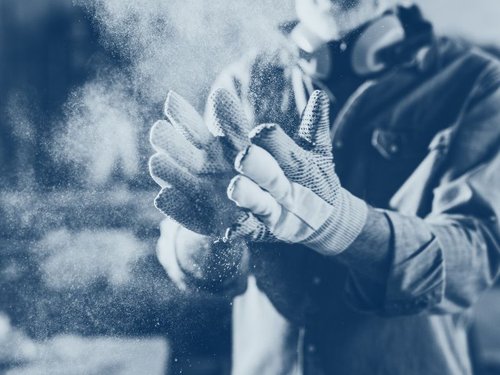In 2022 the Felicity Ace, a large cargo vessel carrying approximately 4,000 luxury vehicles, sank in the Atlantic Ocean due to a suspected lithium battery fire which occurred two weeks earlier. While details are scarce, it’s believed that because of a lack of early warning fire detection, the fire became too overwhelming to control.

In 2023 another vehicle carrier, the Fremantle Highway, caught fire off the coast of Holland and burned for days before it could be towed to port for evaluation. The EU-funded research project LASH FIRE has spent the last four years working to identify innovative systems for fire detection and suppression and increased safety measures for RoRo and RoPax vessels.
The project aims to reduce the risk of vehicle ferry fires and provide a recognized technical basis to help policymakers update fire safety legislation for these hazards. The study found that early detection is key to potential action by the crew to control or extinguish the fire.
Fike is honored to have participated in this critical research study as part of the WP09 team, which focuses on discovering the fastest and most reliable fire protection methods for outdoor weather decks and indoor vehicle decks. As indicated in the final reports, the LASH FIRE team identified a number of reliable fire detection methods for these applications, all of which are offered by Fike:
Indoor Vehicle Decks

Fike Video Analytics:
Immediately identifies not only flames but also smoke and oil mist either in the very early stages of a fire. May be used with new or currently installed ONVIF cameras, or may be combined with Fike IR3-HD Flame Detectors for a powerful early-warning fire detection system.
Fike DTS (Distributed Temperature Sensing) Cable:
Continuously monitors temperatures along the length of a single optical fiber in real-time, pinpointing hotspots or fires precisely within .5 meters. The system pinpoints temperature changes and fire events, minimizing false alarms and facilitating rapid responses.
Thermal Imaging Cameras:
Visualize developing fires and hot spots to provide early warning information before a hazard occurs.

